
Made in Arkio - Verified in Field with Gael Ranc
 David Morgan July 22, 2024
David Morgan July 22, 2024 The #MadeInArkio Series aims to share the inspiring success stories of Arkio community members and leaders. We are delighted to start this series with architect and creator, Gael Ranc.
Mixed Reality as a Design Medium
We recently had the opportunity to speak with Gael Ranc during the Build Beyond design challenge. He illustrated how Arkio helped him blend multiple design mediums into one project. Passionate about this topic, we asked Gael several questions to learn more about his distinctive and powerful workflows.
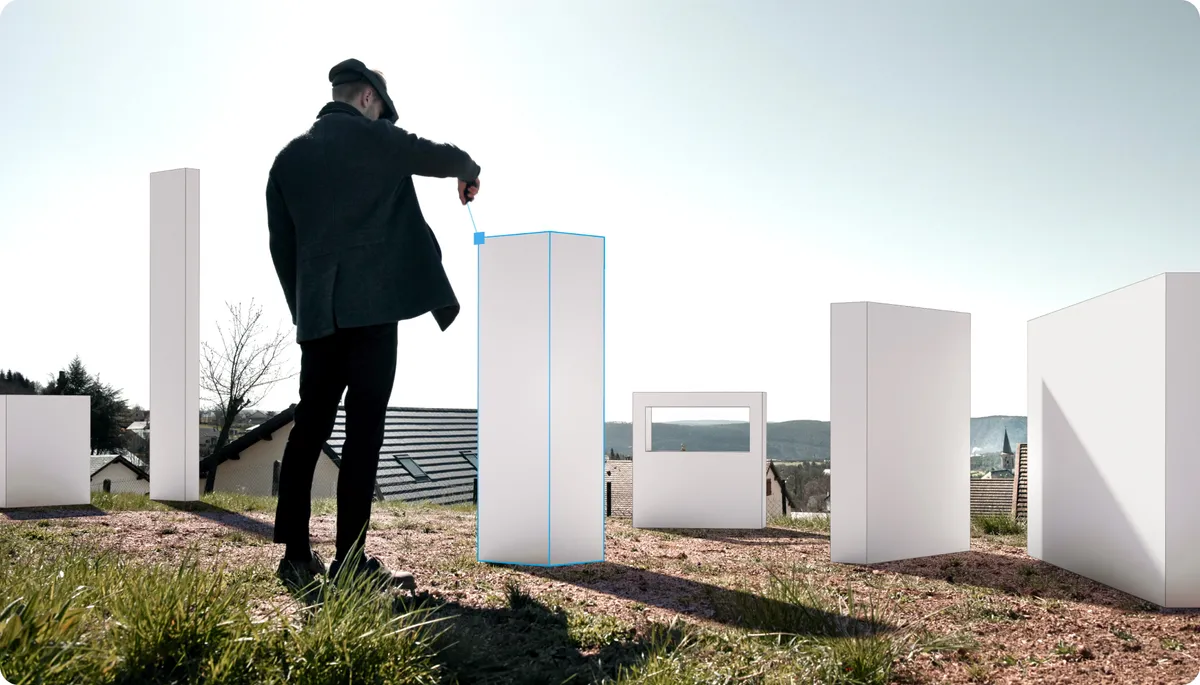
You use multiple design mediums to visualize your work, can tell us why?
I think of exploring the various mediums available for architectural work in the same way a carpenter looks at the different tools on their workbench. Some are highly useful and versatile, while others are more suited for specific tasks. Each architect has their own way of working and approaching a project.
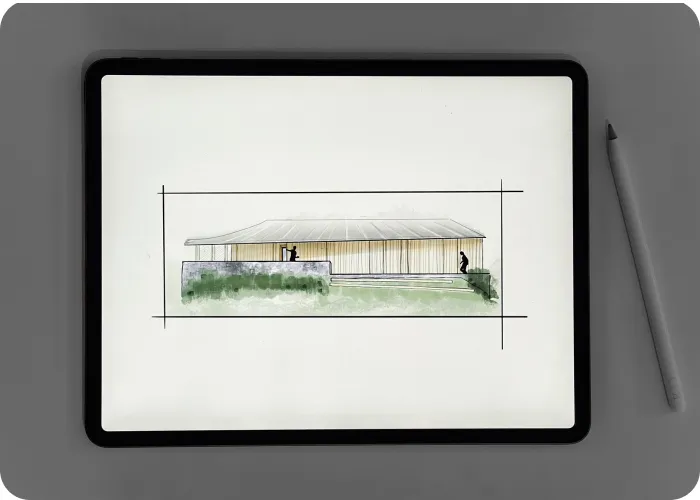
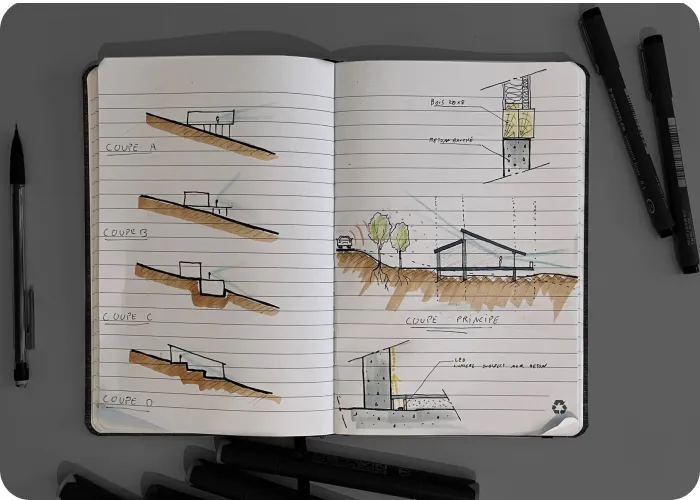
Personally, I like to let my imagination guide the medium I use; I might start with sketching on paper, but if I feel limited in expressing or experimenting with an idea, I switch to another tool. Organization is crucial in this kind of approach; I constantly strive to improve my workflow by staying curious about innovations in various fields.
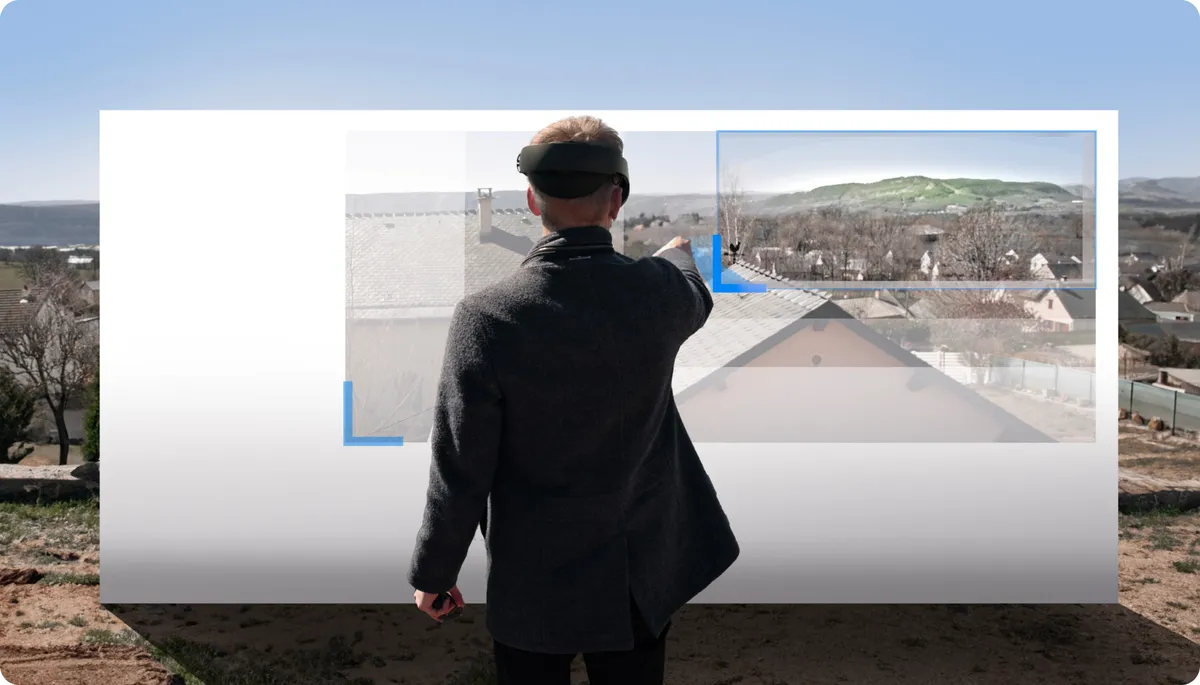
What insight can you share when working between different design stages that might have you moving between 2D and 3D mediums?
If I were to simplify 2D and 3D, I would say that I currently view 2D, such as drawing, as the quickest way to bring an idea from my imagination to life. Then, I aim to give substance to this representation by making it more realistic using 3D software. At that point, the goal is to "save resources of spatial thought." By this, I mean that when we draw something, we first conceive it in our minds before attempting to represent it. Even though it may come naturally, the brain always has this "background task." So,once I use 3D and my brain is more "available," I can then focus all my attention on the feeling or sensation. It was from this reflection that the idea came to me to reverse this order and start by drawing in 3D in augmented reality.
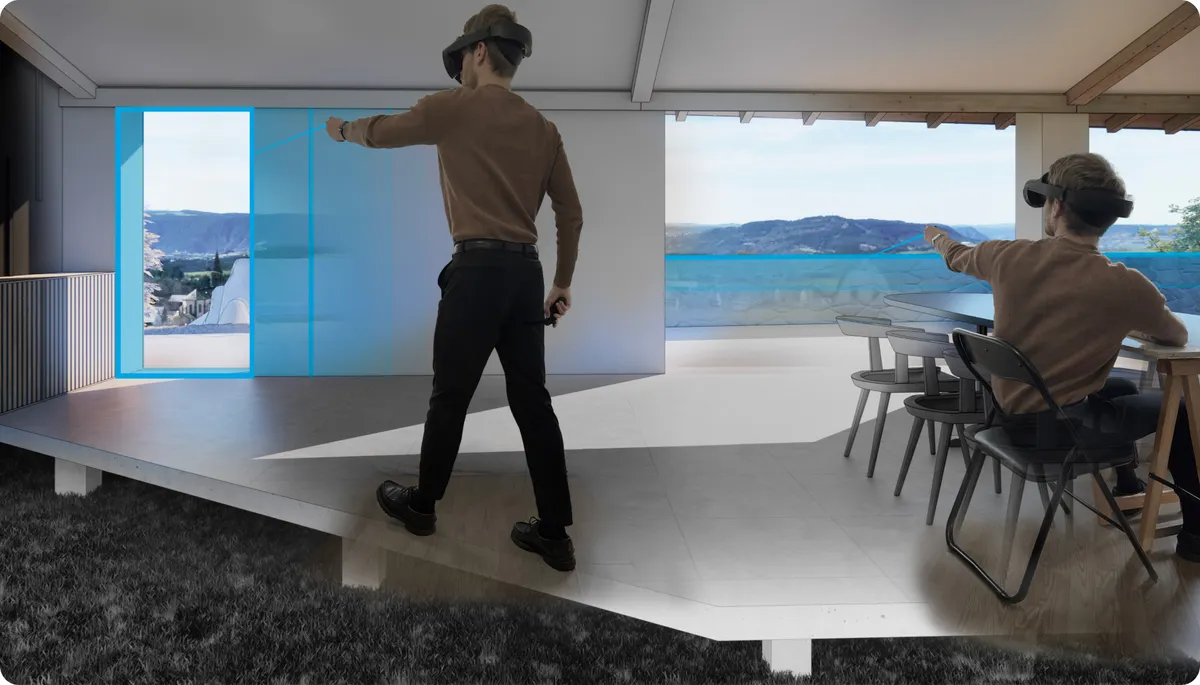
When I start using AR, I draw what I call a "framing map" (virtual volumes placed in the real world that outline spaces and frames in a rough manner). I make sure not to think about the project and the specifications but rather to let my perception and sensations guide a spatial creation. This is followed by a back-and-forth between different representation tools and transitions between 2D and 3D to transform this framing map into a project. Generally, the decision to switch from one tool to another happens when I feel limited in expressing an idea or in search of a sensation/emotion that is impossible to capture with the tool I'm using.
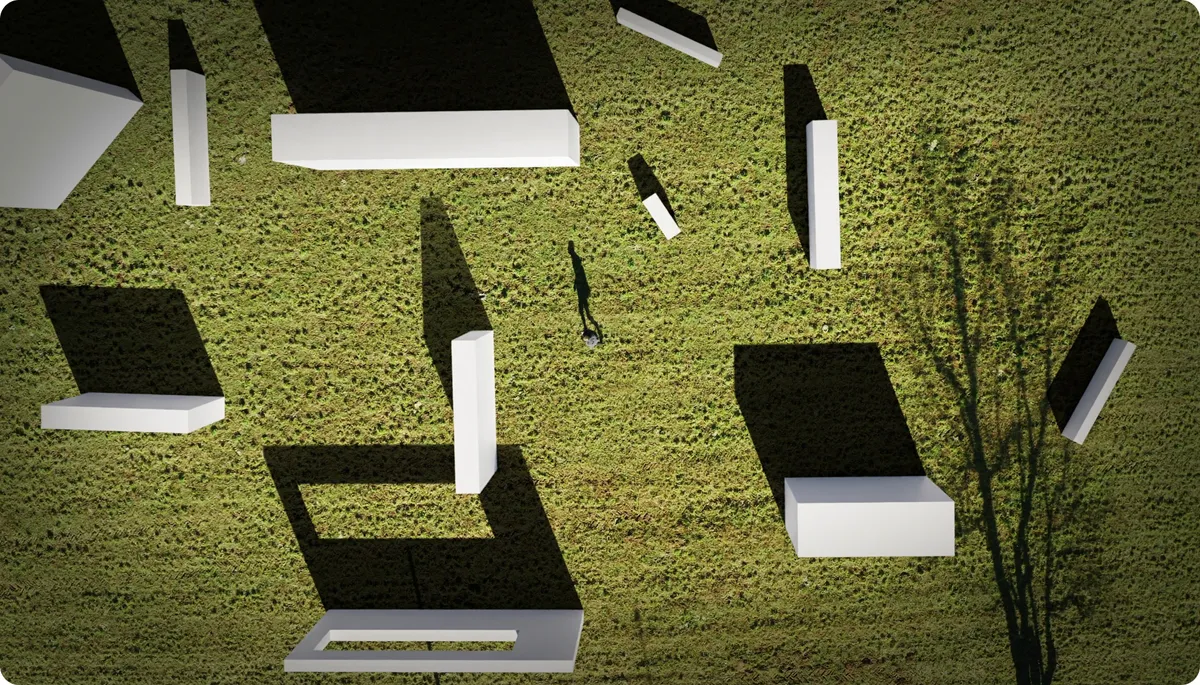
What was your approach to integrating Arkio?
Initially, I saw Arkio as a virtual reality SketchUp; I was looking for an application that would allow me to draw spaces with body movement to free myself from standard dimensions and also to experiment with these spaces in an immersive 1:1 scale. I quickly encountered the problem of needing to represent an existing location to avoid creating a project that floats in space like a sculpture. Initially, I chose to sketchily model the context by hand. The problem with this approach is that I'm engaged in representation, so I choose whether or not to represent certain elements. Later on, I turned to photogrammetry.
This technique captures the context at a given moment and allows for the observation of volumes and textures without participating in its representation, thus avoiding influencing the context but using it more faithfully. From there, my vision evolved with Arkio; I didn't just see it as a tool for designing volumes in space but for using those volumes to relate to the context. Later, AR became more readily accessible, and I could develop my concept of hyper-contextualization.
Can you tell us more about your research with hyper-contextualization?
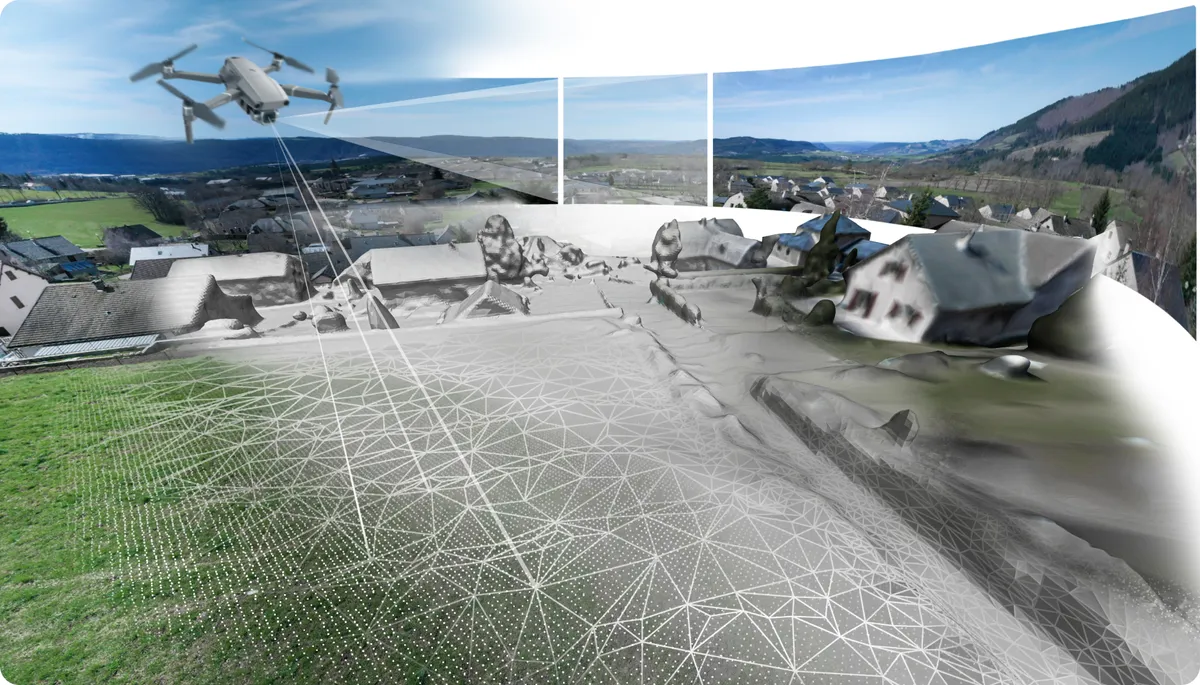
In short, it involves using AR to place virtual elements at the project site that influence the perception of the place and thus design architecture with very precise framings on the project site influenced by these virtual elements. I then proceed with a drone scan of the site and do a 360 photo to continue doing the same thing but in VR, which offers more options for moving around in space. So, I've named it "hyper-contextualization.
The project presented in the video is the first one built using this design method and represents only a fragment of what I wanted to convey and the research I conducted on the subject. Even if this project, as well as the resulting architecture, may seem simple, it has allowed me to prove that the method works once applied to reality. Hyper-contextualization is still a research topic that I wish to develop throughout my career as an architect.
Feedback from clients and other information I mention are based on the data from my thesis and interviews I conducted with architects using VR for client interactions. Some constraints related to the client's preferences (the project being self-built) did not allow me to fully exploit the full potential of the method. Nevertheless, despite its limited budget, this project explores some avenues that highlight the concept and shape the essence of what I want to develop in all my future projects.
It's great to see how Arkio has been a part of your journey! How do you imagine the next generations will learn and practice design?
Future generations will always need the basics as they have proven themselves over the generations. Plans, sections, and elevations will always be indispensable for quickly communicating with others. We must not forget the purpose of the tools we use. As a young student, I was the first to grasp the latest rendering software, for example, while looking further ahead, these will remain images that age.
However, technologies like AR and VR primarily question the spatial experience and serve the project before serving its representation. I think this can be a good way for students to quickly grasp the basics by experimenting with early drawing mistakes, for example. It can also provide a motivational boost by allowing the pleasure of experiencing their project once completed. Since the project is often already modeled in 3D without the need for additional work, it would be a shame to miss out on a preliminary spatial visit. The key takeaway, in my opinion, and what I find fascinating, is that this kind of tool refocuses the debate on the lived experience of space by making us participants rather than mere spectators of our representations.
You can find more of Gael's work on his channel. Thanks Gael! 🙏